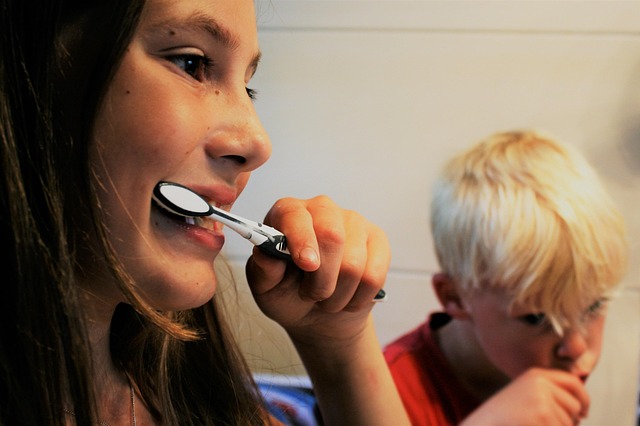Seasonal triggers and prevention: hygiene and environmental adjustments
Seasonal changes often increase the circulation of cold and cough viruses and expose people to fluctuating humidity and allergens. Practical hygiene routines and simple adjustments to the home and workplace can reduce transmission, ease symptoms like congestion and sore throat, and support better sleep and recovery.

Seasonal changes often bring a rise in respiratory infections and symptom clusters such as congestion, sneezing, sore throat, and increased phlegm. Small, consistent adjustments — from hand hygiene to indoor ventilation and monitoring air quality — can lower exposure and ease recovery. This article outlines practical hygiene and environmental strategies for households, schools, and workplaces to reduce transmission and improve comfort during cold seasons.
This article is for informational purposes only and should not be considered medical advice. Please consult a qualified healthcare professional for personalized guidance and treatment.
How does air quality affect congestion and sneezing?
Poor indoor or outdoor air quality can irritate nasal passages and airways, worsening congestion and triggering sneezing. Dry air dries mucous membranes, while pollutants and allergens stimulate mucus production and phlegm. Improve ventilation by introducing fresh outdoor air when conditions allow, use HEPA filtration for particles, and avoid indoor smoking or heavy fragranced products. Regularly checking local air quality indices can guide whether to keep windows closed or to increase filtration on high-pollution days.
What hygiene steps reduce sore throat and transmission?
Consistent hygiene remains the most effective defense against viral spread that causes sore throat and cough. Frequent handwashing with soap, prompt tissue disposal after sneezing, and surface cleaning in shared spaces reduce transfer of pathogens. Encourage symptomatic individuals to limit close contact, practice respiratory etiquette, and use masks if caring for vulnerable people. Simple practices in schools and workplaces, combined with symptom tracking, help identify clusters early and reduce broader transmission.
How can hydration, saline, and steam therapy help?
Staying well hydrated thins mucus, which can relieve congestion and make clearing phlegm easier. Saline nasal sprays or rinses safely clear nasal passages for many age groups and reduce irritation without medication. Steam therapy—brief inhalation of warm, humid air—can temporarily ease nasal congestion and soothe a sore throat; take care to avoid scalding, and supervise children closely. These nonpharmacologic measures support comfort and can complement other interventions.
When to consider decongestant or antitussive use?
Decongestants and antitussive medications may reduce nasal swelling or suppress a disruptive cough, respectively, for adults. They are symptomatic treatments and do not cure underlying infections. Use according to product labels and avoid many of these options in young children unless directed by a clinician, as safety and dosing differ in pediatrics. If fever, worsening breathlessness, or prolonged symptoms occur, seek medical evaluation rather than relying solely on over-the-counter remedies.
How to adapt care for pediatrics and adult care?
Care approaches differ by age: pediatrics often benefit most from saline drops, gentle suction, humidified air, and close monitoring of hydration and sleep. Older children and adults may use additional safe medications under guidance. In both pediatric and adult care, keep living and sleeping areas clean, maintain adequate humidity (around 40–50% where feasible), and practice symptom tracking to notice trends such as persistent fever or increasing cough severity that warrant professional review.
How to improve sleep quality and symptom tracking for recovery?
Better sleep quality supports immune recovery; reducing nighttime congestion and cough helps everyone rest. Elevating the head, using a humidifier, and timing symptom-relief measures before bedtime can reduce nocturnal interruptions. Keep a simple symptom tracking log noting sleep quality, cough frequency, fever, and response to interventions—this information assists clinicians in tailoring care. Rapidly rising fever, sustained shortness of breath, or marked changes in consciousness require immediate clinical attention.
Seasonal prevention and symptom management rely on layered, evidence-based approaches: effective hand and respiratory hygiene, environmental steps to improve air quality and humidity, and prudent use of symptomatic treatments. Hydration, saline rinses, and safe steam therapy can ease congestion and reduce phlegm, while careful medication use and vigilant symptom tracking guide when to seek medical care. These measures support recovery and reduce the spread of respiratory illnesses in homes, schools, workplaces, and local services.






